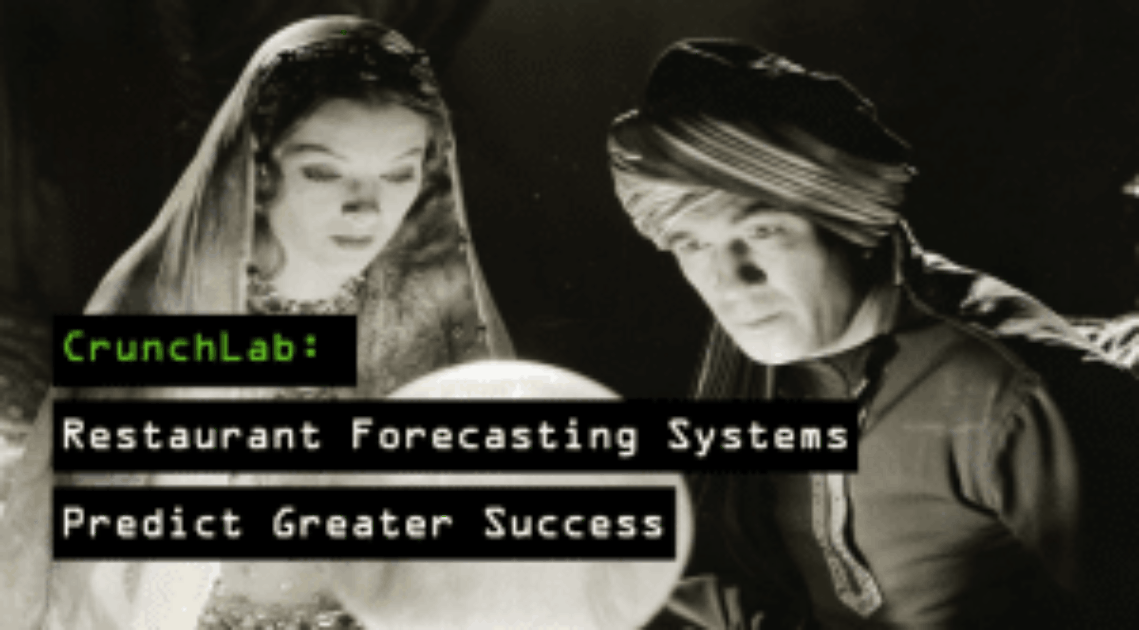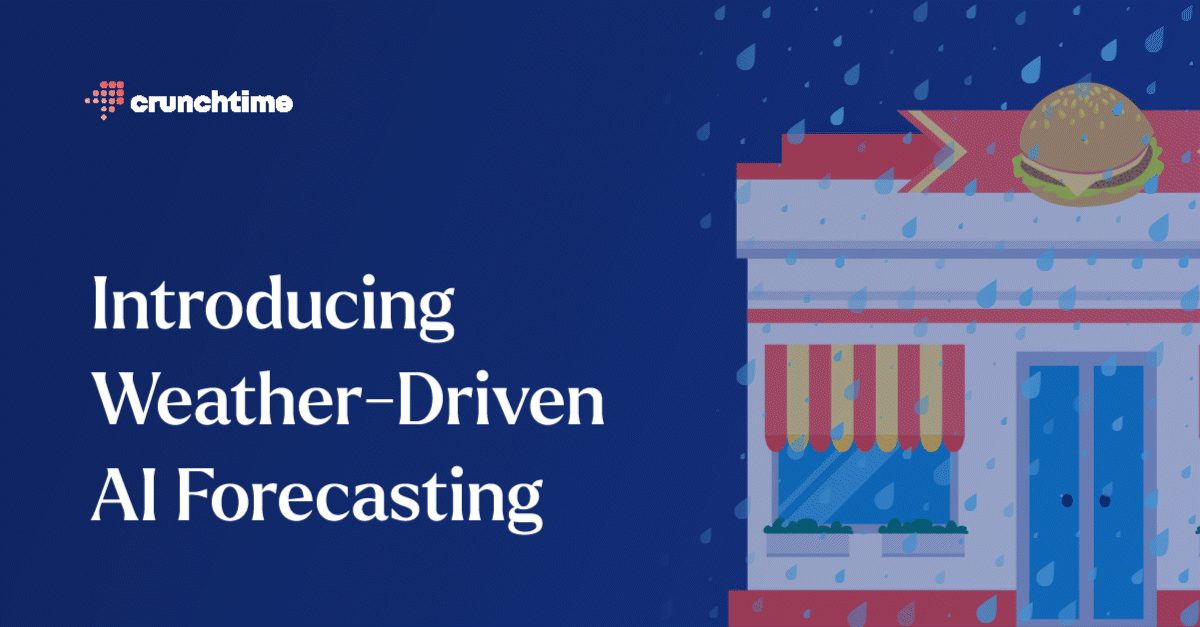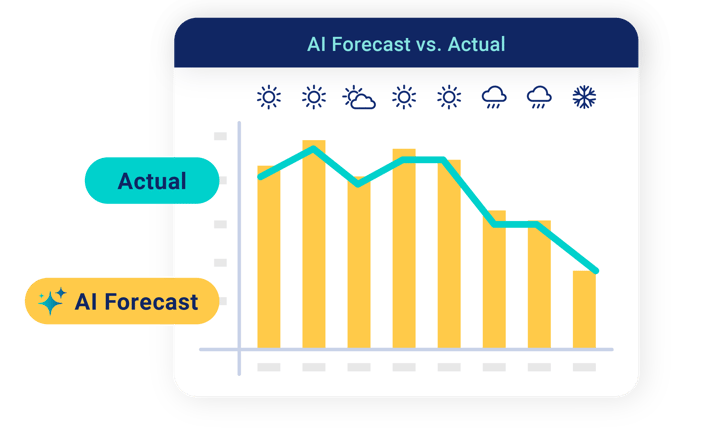![[New Research] Forecasting Accuracy Averages Just 60%, Even Though Most Restaurants Use Tech](https://www.crunchtime.com/hs-fs/hubfs/2025%20Research%20Report/202508-Crunchtime-25ResearchReport-LP-tablet_@2x-1.jpeg?length=720&name=202508-Crunchtime-25ResearchReport-LP-tablet_@2x-1.jpeg)
- Home
- Crunchtime Blog
- Restaurant Forecasting Systems Predict Greater Success

Restaurant Forecasting Systems Predict Greater Success
Using the right restaurant forecasting system can save an enormous amount of time and money, and prevent the labor and food shortages that disappoint customers.
A Choice of Metrics
Forecasts are typically generated using historical sales or guest-count data as a starting point, and then adjusted as necessary for current variables. For example, a system might go through the following process in creating a forecast:
- Review the sales trends for the previous 4 weeks
- Determine whether business is growing or falling, and by how much
- Use last week’s sales as a base model, then adjust to reflect the trend
- Use the result as the coming week’s forecast, distributed across the various days, dayparts and hours according to the average distribution for the past 4 weeks.
While using the previous 4 weeks’ sales data might be right for some operators, others may want to use the previous year’s sales for the same period, to help account for annual variables like holidays, events, or school vacations. Instead of using sales, some may want to use guest counts, or even transaction counts to forecast, which help to minimize the revenue fluctuations that price changes create. And still others may want to compare year-over-year trends (scaling last year’s sales up or down according to recent trends). The point is that the forecasting system should give operators the flexibility to easily choose the metrics that work best for their operation.
Forecasting is simple, but it’s not easy. It requires serious number crunching to produce an accurate model of future sales- but number crunching alone isn’t enough. To plan for the best possible guest experience and wring the maximum cost savings, a forecasting application has to be easy to use, detailed, integrated with other food and labor planning applications, and must accommodate the metrics most important to the operator. A powerful forecasting system literally provides the roadmap to ultimate efficiency.
Share this post
Related
![[New Research] Forecasting Accuracy Averages Just 60%, Even Though Most Restaurants Use Tech](https://www.crunchtime.com/hs-fs/hubfs/2025%20Research%20Report/202508-Crunchtime-25ResearchReport-LP-tablet_@2x-1.jpeg?length=720&name=202508-Crunchtime-25ResearchReport-LP-tablet_@2x-1.jpeg)

Introducing Weather-Driven AI Forecasting for Restaurants

